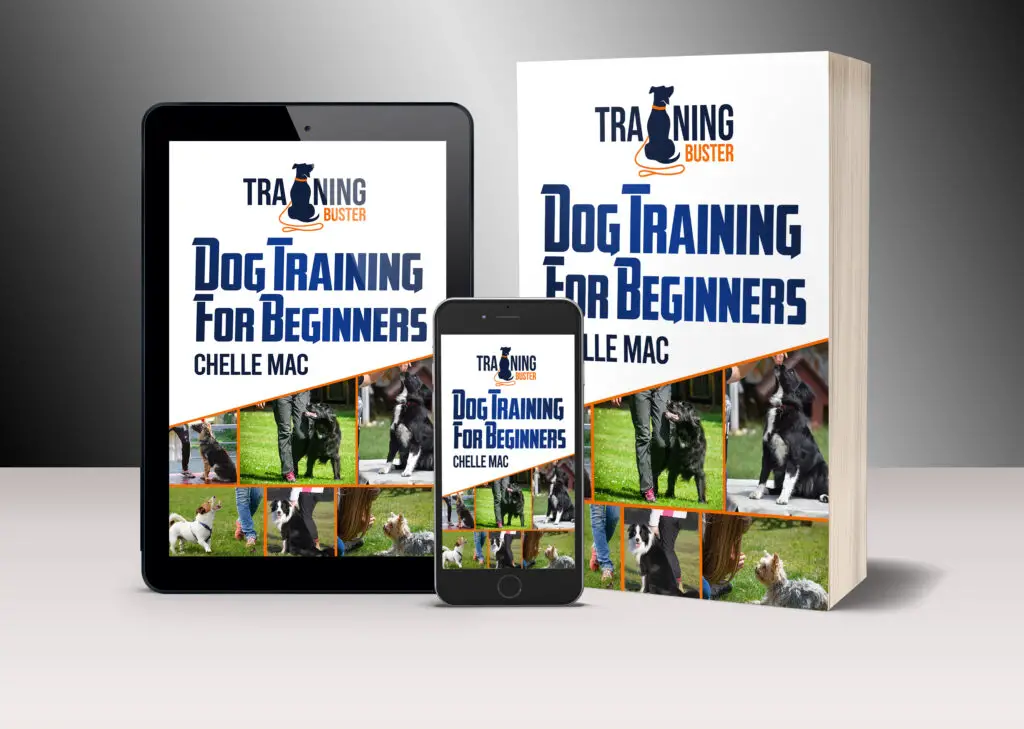
There is no question that dogs and their human partners have quite different goals in mind when it comes to going out for a stroll. On a sidewalk or a path, we have a natural tendency to stroll in a more organised method.
Dogs have a natural inclination to follow their noses wherever they may take them. The speed at which humans move is methodical. The pace at which dogs move might change depending on how long they need to spend analysing a specific odour before moving on to the next one.
When it comes to going for walks together, all of this might result in a love-hate relationship, and this is especially true if your Jack Russell has gotten into the habit of pulling you down the sidewalk every time you head out the door. Does your dog tug on the leash when you walk him? Here’s what you need to do.
Make use of a chest-led harness
Having the appropriate equipment may make a world of difference, particularly when it comes to walking your Jack Russell. If your Jack Russell tends to tug on the leash, it might be time to consider purchasing a chest-led harness. This type of harness links the leash to a clip on the dog’s chest rather than to the collar that is worn around the dog’s neck.
Dogs have a natural inclination to push in the opposite direction against pressure that is being applied to particular portions of their body, and this may be observed when the dog is being handled.
For instance, when they feel the drag of the leash on their neck, they have a tendency to advance towards the direction of the pull. They push back and refuse to sit when you push on their back and ask them to sit.
This “opposition response” may be worked with by using a chest-led harness, which changes the direction that they are pulled in rather than pulling against them. When you go outdoors, use it in conjunction with the regular collar that your dog already has so that he will always have his identity on him.
Avoid negative reinforcement as much as you can
When your dog starts to pull on the leash, resist the urge to shout at him or jerk on the leash in an effort to correct him. Instead, try to redirect his attention.
However, do not give up trying either. You are encouraging your Jack Russell to continue his undesirable behaviour whenever you let him drag you along.
Stay steady for a few minutes the next time he starts pulling instead of moving when he does it. You shouldn’t start walking again until he comes back towards you and gives the leash a little bit of slack.
Praise him for being able to relax, and then start walking again at a leisurely pace. Repeat the procedure as many times as necessary for your dog to comprehend that the only time there is forwards momentum is when he is walking close by you or a few steps in front of you when on a slack leash.
Be unpredictable when you Jack Russell pulls on the lead
When he starts to tug in one way, you should immediately change course. This is another strategy that works well. When you start going in a different direction, pause for a while and then say, “let’s go” or “this way.”
Praise your dog each time he obeys your request and joins you at your side. It is possible that walking around the neighbourhood in this manner may take a significant amount of time; nevertheless, once some time has passed, he will realise that the optimum area for him to stroll is immediately behind you.
Include olfactory pit stations along your journey
An animal that gathers information about the environment around it by its sense of smell would find it very dull to go in a straight line on a concrete sidewalk.
Even while proper conduct while on a leash is essential, it is also vital to select a few odoriferous locations along the route where your dog is permitted to stop, sniff, and leave his calling card.
Not only is this an excellent method for rewarding his positive behaviour, but it also provides wonderful brain stimulation since he has to digest all of the odours that he takes in.
Because each odorous stop represents a reward, you should utilise the instruction “let’s go” or “this way” when you determine it is time to go on to the next stop.

Reward your Jack Russell for positive behaviour
Use little treats as a reward for your canine companion’s accomplishments while you work with him to become leash trained. Soon, he’ll figure out that being on the leash, in addition to being yummy, is a lot of fun.
As he gets more behaved when on the leash, you may gradually cut down on the number of goodies you give him, but you should never limit the amount of praise you offer him.
That is something that you should implement into your routine as frequently as you can so that you may continually remind your dog of the conduct that you want from him.
Above everything else, practise patience
It’s possible that this is the most challenging aspect of the training. It may be quite annoying to continuously have to start, stop, change direction, and watch how far your Jack Russell has progressed.
It is just as vital to ensure that you are in the correct attitude before you step out the door as it is to utilise the appropriate equipment, provide an appropriate incentive, and maintain a consistent level of training.
Our pets are quite good at sensing how we are feeling and responding appropriately. We never want them to feel afraid of us or hesitant to spend time with us because of it.
You will, thankfully, come to like your regular walks with your dog just as much as your dog does if you exercise patience and remain consistent.
Walking is an activity that has been shown to have beneficial effects on the mental state, physical health, and emotional well-being of both people and dogs. The state of mind known as happiness is one that may easily spread and is beneficial to all of us.


